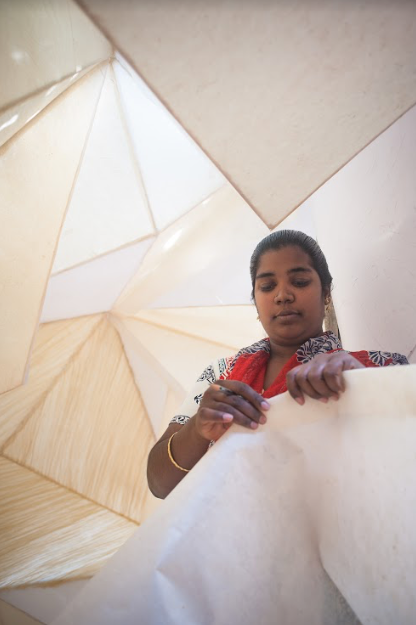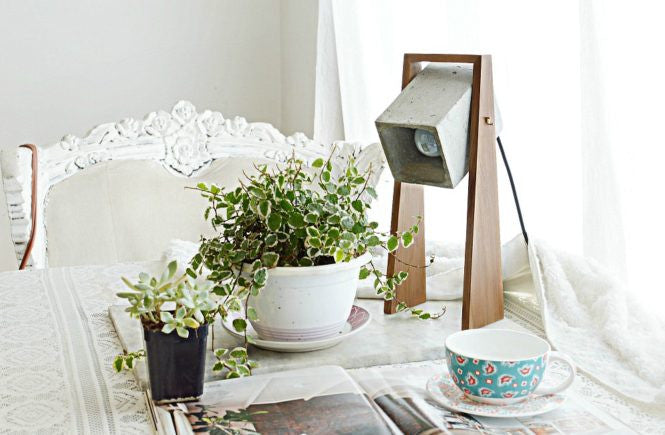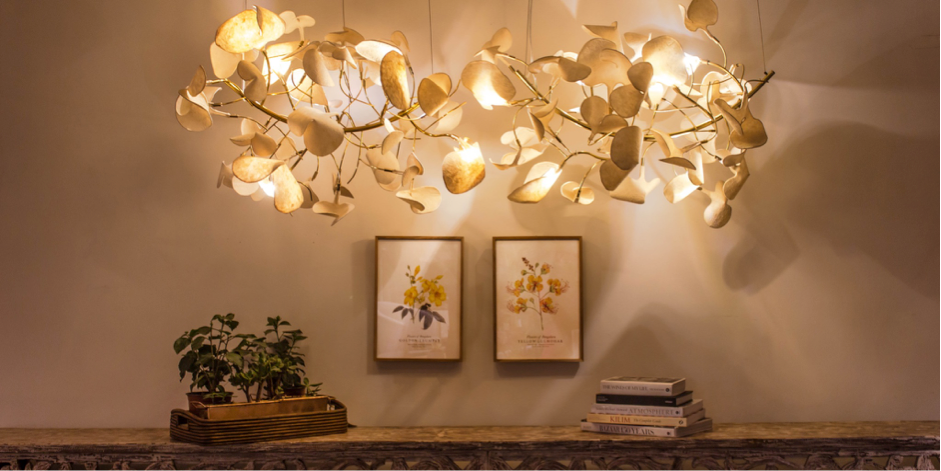
The Inside Story: What Lights Up Our Designs

I often get asked, why paper?
Best of all I loved the way it romanced light.

I was soon making paper full time and I built a papermaking studio in 2000, with one assistant Prashant, a struggling artist from Bengal who still works with Oorjaa, and occasional help from the watchman, Suresh, next door, who today is Oorjaa’s chief papermaker. We explored making paper from many natural fibres like kora grass, jute, sisal, hemp, lantana, pineapple, but mainly from banana and lokta because of the translucency of the resulting paper.

Setting up the studio and sourcing natural fibres, was not easy, but it opened up my horizons. Craft, livelihoods, rural economies, urban consumption, it was all so new to me, after 20 years of film making in Bombay, so I learned a lot.…and all paths lead to and deepened my interest in, sustainability and the environment.
This is about when, the seeds of Oorjaa were sown, again quite accidently.

What makes our Oorjaa paper different?
It’s the raw material and the way we process it. Most handmade paper in India is from cotton rag or sugarcane cud (bagasse). Ours is from banana fibre, which is extracted from the truck of adult banana trees, after they have run their course and are cut. Or from lokta, the bark of mulberry trees form North-east India. These two materials have a high cellulose content and a longer fibre length so the paper is very strong. The way we process it, without the use of harsh chemicals, not just retains its inherent strength but gives it greater translucency and an amazing malleability that allows us to sculpt it the way we do. I have lights at home that are 15-20 years old, they look old, but they haven’t torn or disintegrated!

Another factor is water usage. Papermaking uses a lot of water so the studio was designed to recycle water and also harvest rainwater. Every drop is precious.
Speaking of the studio, it is a very beautifully and intelligently designed building by Chitra Vishwanath of Biome. Made from compacted mud blocks and designed for maximum use of air and natural light so we actually survive without turning on lights and fans while we work. You can see pictures of the studio right here on the website.

Recycled paper tubes used in stunning architectural structures by architect Shigeru Ban(Image Source: japantimes.co.jp)
Coming back to paper. It is a highly under rated and under explored material in our country. To know what paper is, look at what the Japanese do with paper, apart from lights.

Sliding doors or shojis made from wood and handmade paper/(Image Source: lentinemarine.com)
They have lived with paper for centuries and love it.
But what I love about paper is that it showed me that nature is full of material that we can use without resorting to plastic and also that by it’s ephemeral quality it reminds us that life is transient, just like we are !


